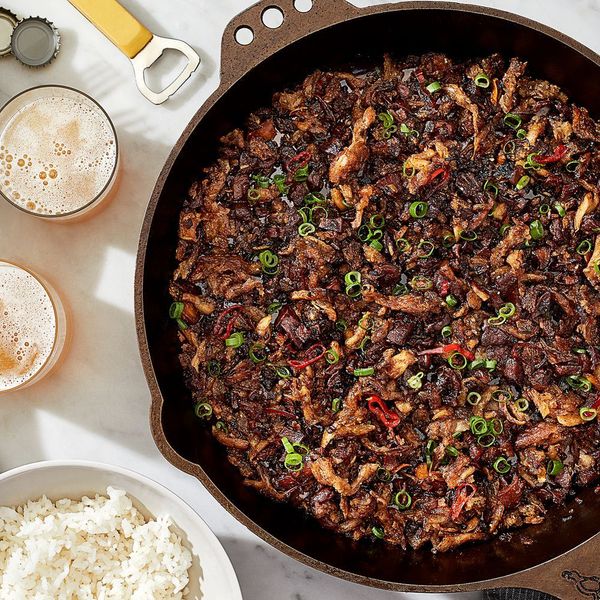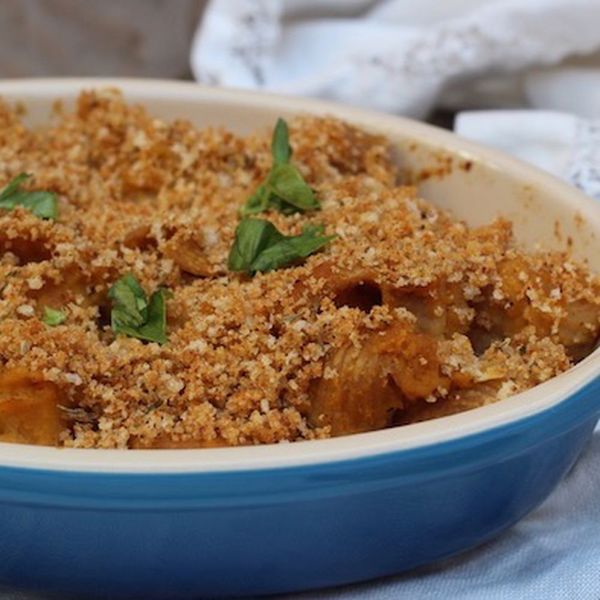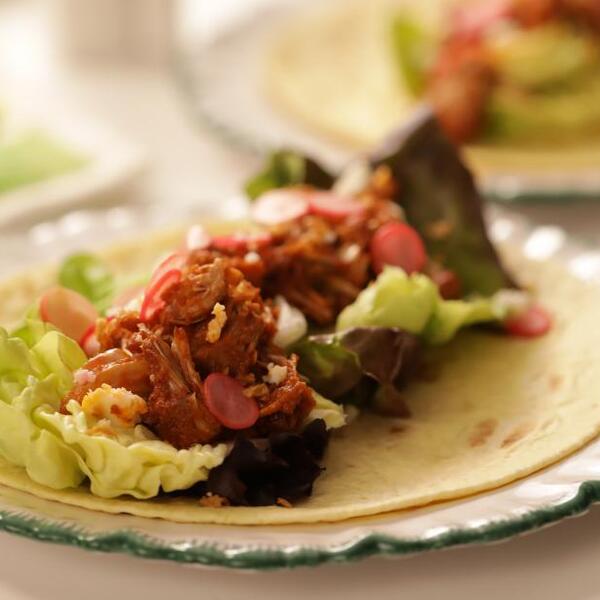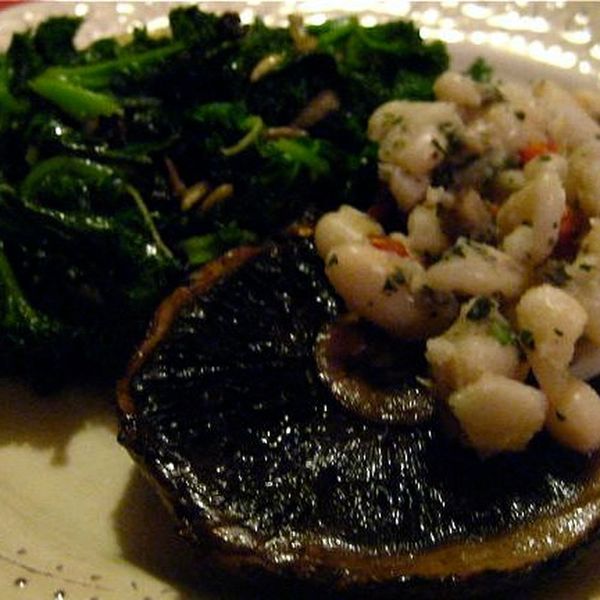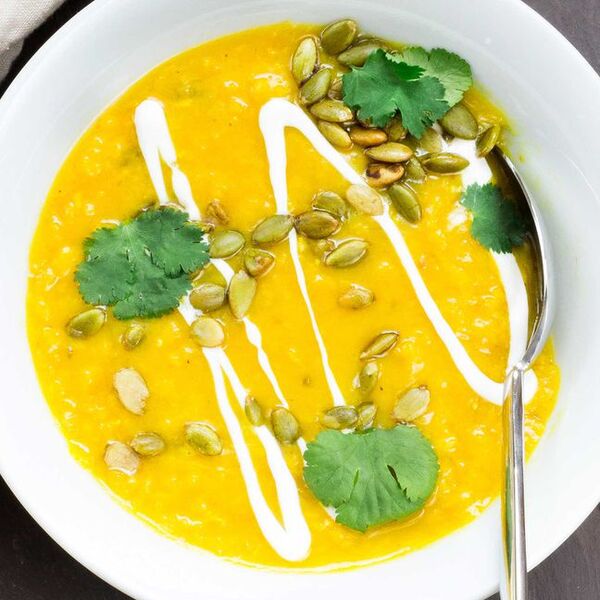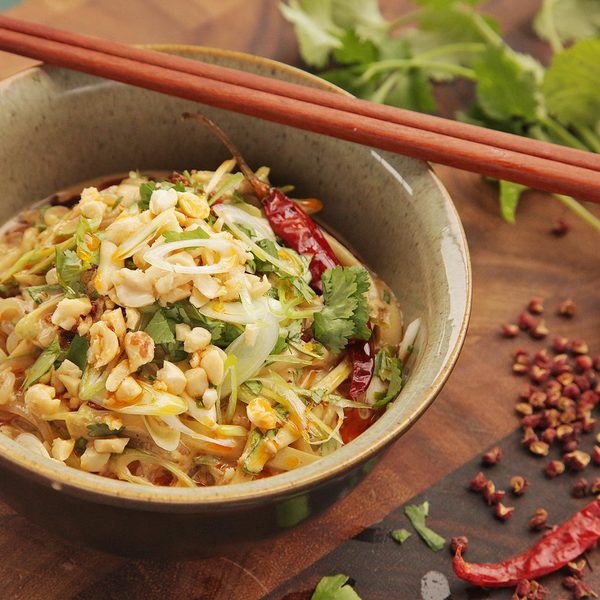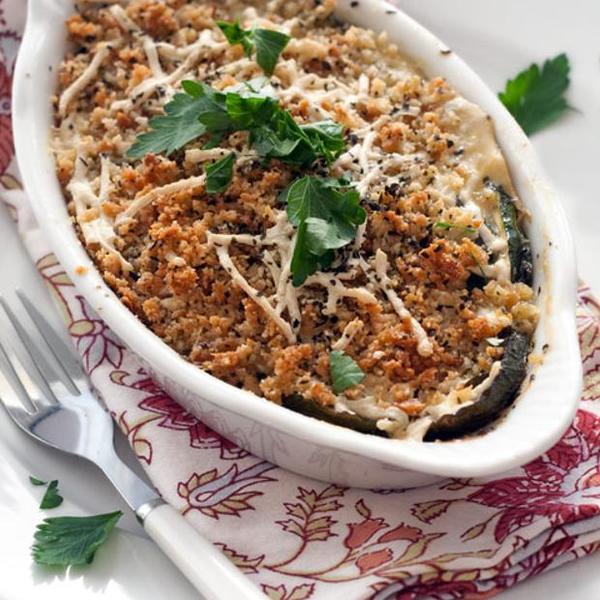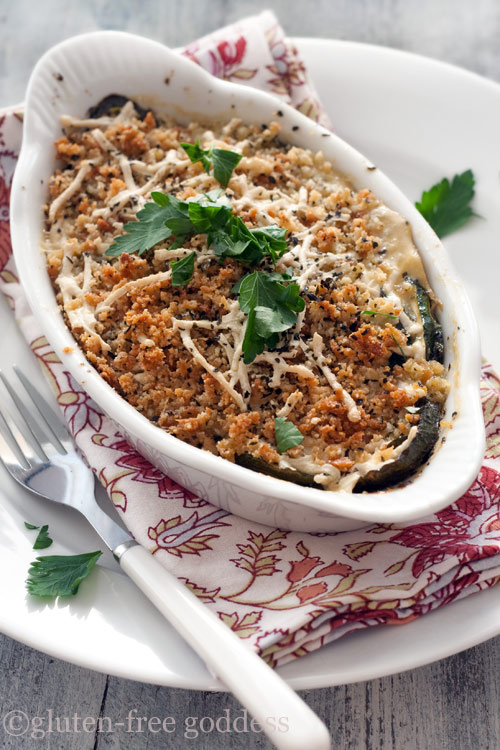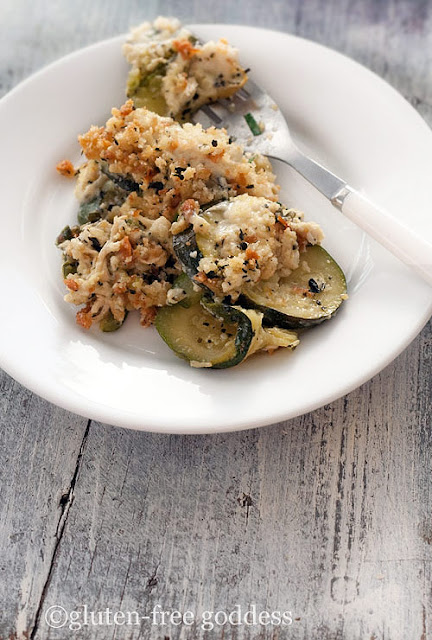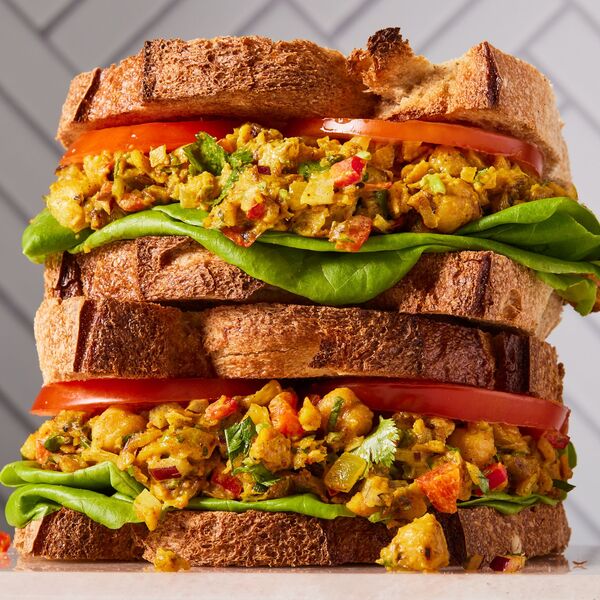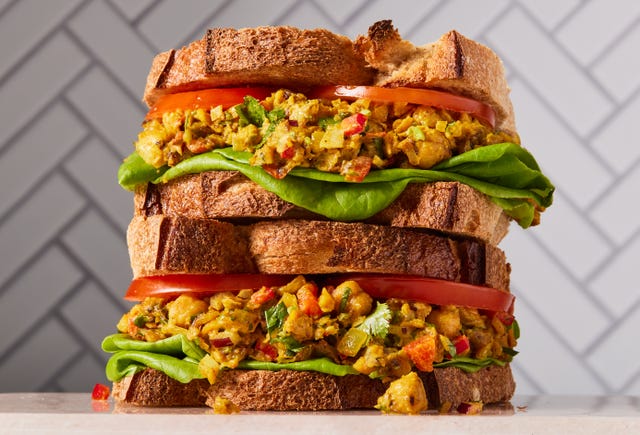

Strawberry Moon
From the archives- a Mother’s Day recipe idea that you may have missed! xox Karina
The moon rose almost full last night, hanging gold and low above the palm and ficus trees, urging the local beauty factor to give up its pretense of reality and meld with dreamland. The sky was a deep shade of violet with a wash of strawberry pink at the ocean’s edge. Santa Monica holds me in her sway. I am in love with her- and deeply grateful to be here, celebrating my first spring in California since the late seventies. I drink the friendly May sea air in gulps. I wander the alleys and sidewalks in a state bordering on bliss, photographing details and eye candy with my iPhone.
It is a visual feast.
And I am savoring every bite.
| Snippets from my neighborhood |
Walking the streets with an artist’s eye is screwing with time in a Lostian sense. I am reliving art school and aging backwards in a slippery flashback time travel Back to the Future
buoyancy, wandering with a camera, photographing shop windows, pieces of strangers, a red high heel, a cloud shaped like a crow, a chalk mark, an empty cup. Am I nineteen or am I fifty-five?
For the hours I navigate the neighborhood, I am neither.
Age is not relevant in a state of observation and creative response- although I would be lying if I didn’t mention a certain advantage advancing age can offer. Being older- without the magnet of estrogen oozing from our pores- renders us invisible. This kind of freedom is not to be taken lightly. Its pleasure needs to be broadcast. Celebrated. Moving through time and space as something other than a trophy, a focus for desire, or a brooding hen is more fun than eating cotton candy barefoot. Nobody notices you. Nobody cares.
For a visual person like me this is heaven.
Or my idea of heaven, anyway. Which I do not embrace with a literal imposition but grasp lightly with irony and an abstract, low down bare bones trust in the reality of now as we know it, no strings attached. Because heaven?
It’s here on Earth.
| Roads? Where we’re going we don’t need— roads. |

Strawberry Chocolate Chip Muffin Recipe
By Karina Allrich
I changed up my usual gluten-free flour mix to create a lighter, fluffier vegan muffin (translation- more starch). And then I added chocolate chips. Gasp. Health food, this isn’t. But lip smacking tasty? That would be, Affirmative. This recipe is vegan, egg-free, but eggs will work just fine, if you prefer.
Preheat oven to 350ºF. Line a 12-muffin tin with parchment or paper liners.
Ingredients:
1 rounded cup stemmed, cored, cut up fresh strawberries- set aside
Whisk together the dry ingredients in a mixing bowl:
3/4 cup sweet sorghum flour
3/4 cup tapioca starch or potato starch (not potato flour!)
1/2 teaspoon xanthan gum
1/2 teaspoon sea salt
1/2 teaspoon baking soda
1 1/2 teaspoons baking powder
1 cup organic light brown sugar
Add in and beat:
3/4 cup non-dairy milk
1/2 teaspoon lemon juice
1/4 cup coconut oil, softened
2 teaspoons bourbon vanilla extract
1 tablespoon Ener-G Egg Replacer whisked with 1/4 cup warm water till frothy (or 2 beaten eggs)
Beat until the batter is smooth- it will be fairly sticky, but much like a thick cake batter.
Stir in by hand:
1/2 cup dark chocolate chips
Instructions:
Spoon only one tablespoon of the batter into the twelve lined muffin cups.
Add three to four pieces of fresh strawberries- sticking them into the batter a bit but avoid pushing them to the bottom- this helps keeps the muffin bottoms from getting soggy.
Divide the remaining batter evenly between the twelve muffin cups.
Take the remaining strawberry pieces and push them slightly into the batter- about three to four pieces per muffin. Add a few extra chocolate chips to the tops.
Bake in the center of a pre-heated oven till domed and firm- about 25 minutes. They should feel springy when lightly touched. if they dent, they’re not done. Bake for another five minutes. If in doubt, insert a clean toothpick into the center to check for doneness.
Note: Cold and wet strawberries will chill down the batter; so if you use ice cold berries- or really wet berries- be aware they may make the muffin a bit soggy. I drained the berries well; and let them sit at room temperature while I made the batter and preheated the oven.
Cool the muffins on a wire rack. Super delicious served a little bit warm when the chocolate chips are melty.
Wrap and bag extras to freeze for easy, on-the-go treats.
Recipe Source: glutenfreegoddess.blogspot.com
All images & content are copyright protected, all rights
reserved. Please do not use our images or content without prior
permission. Thank you.

